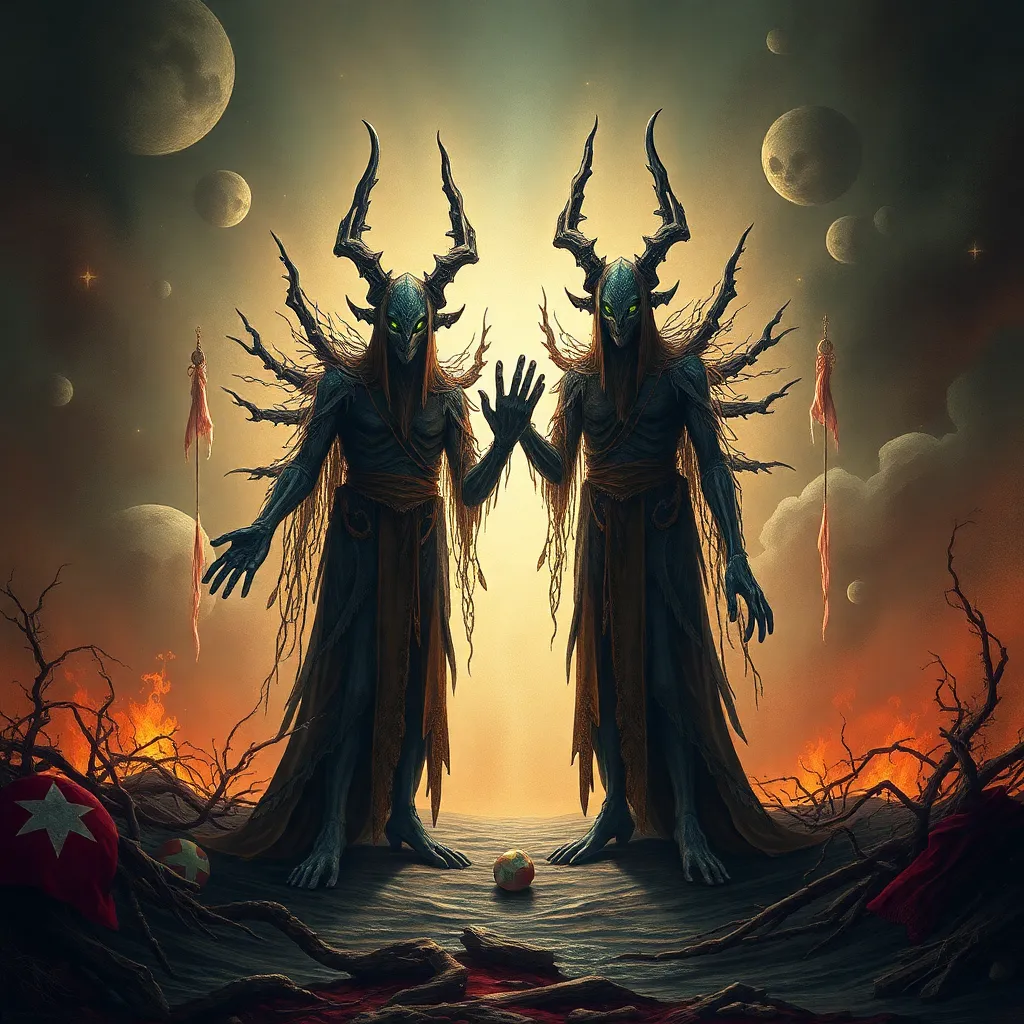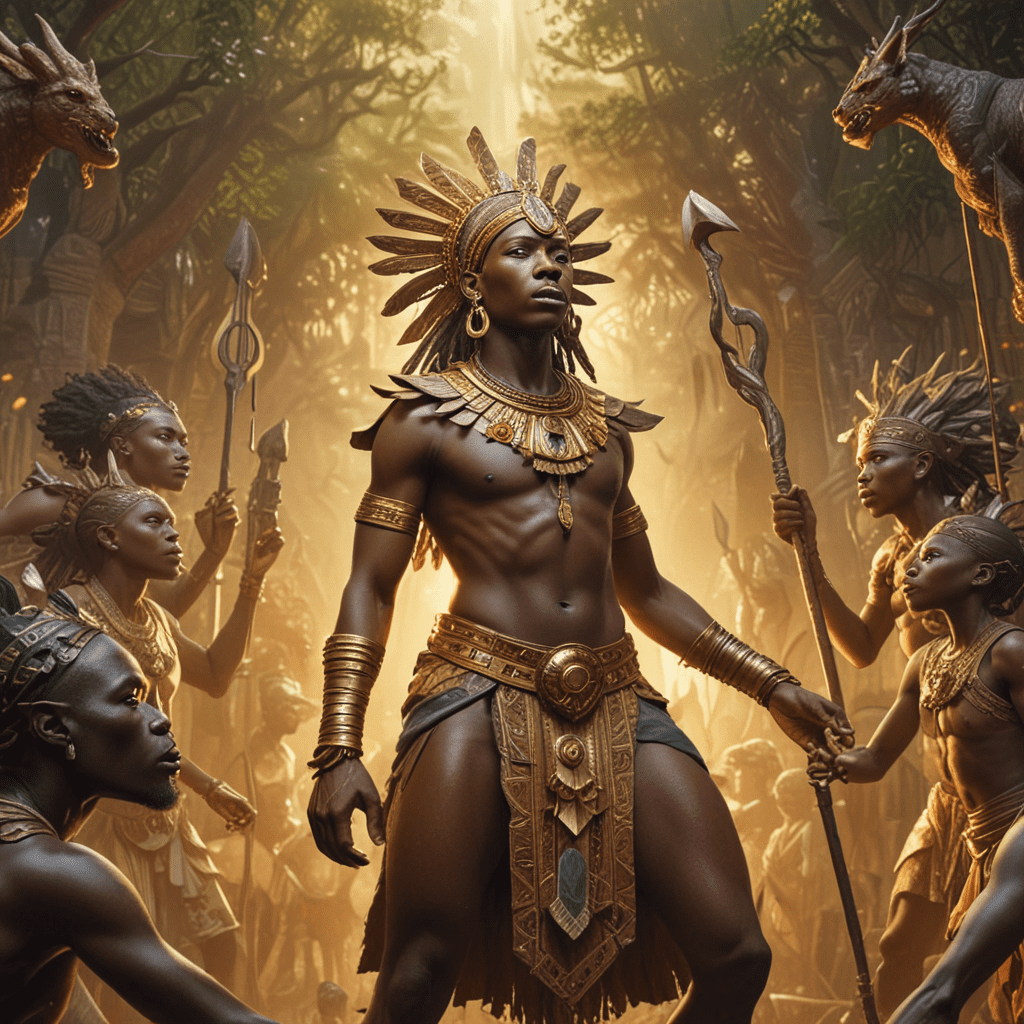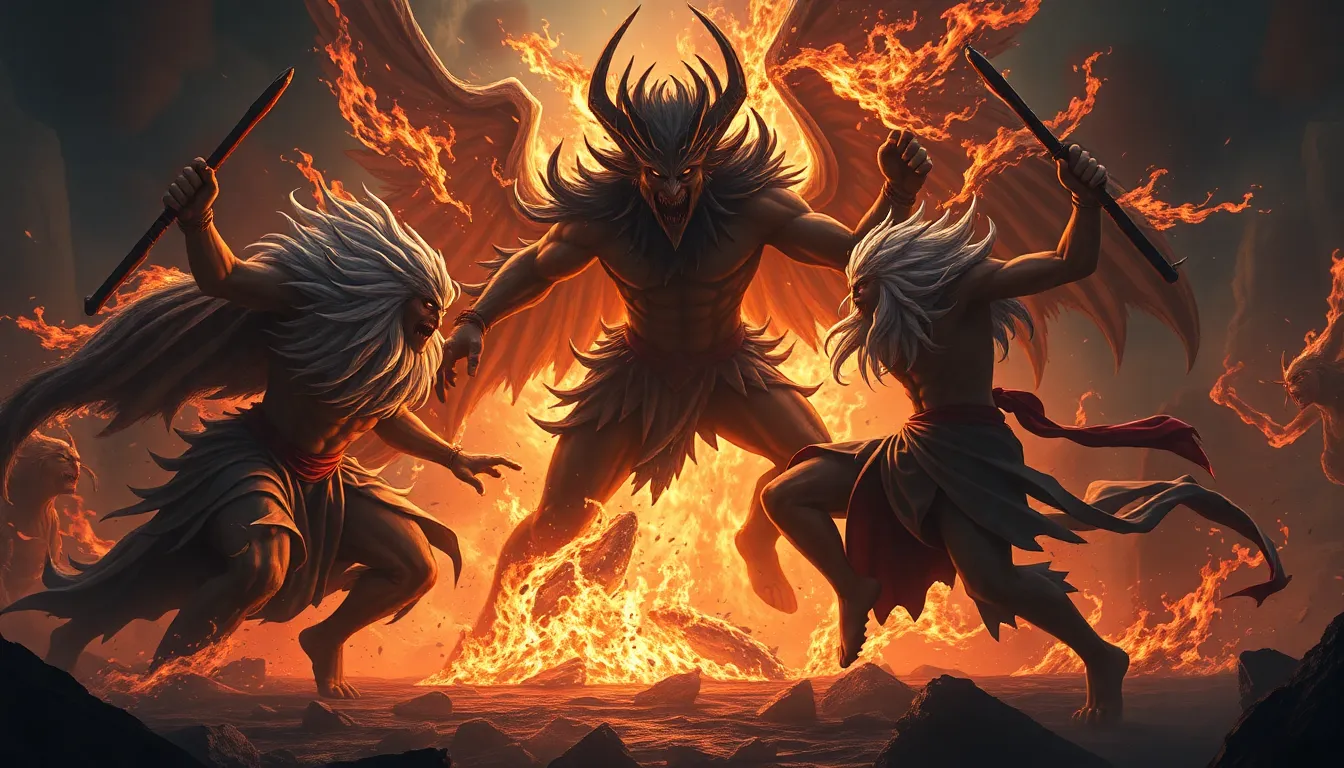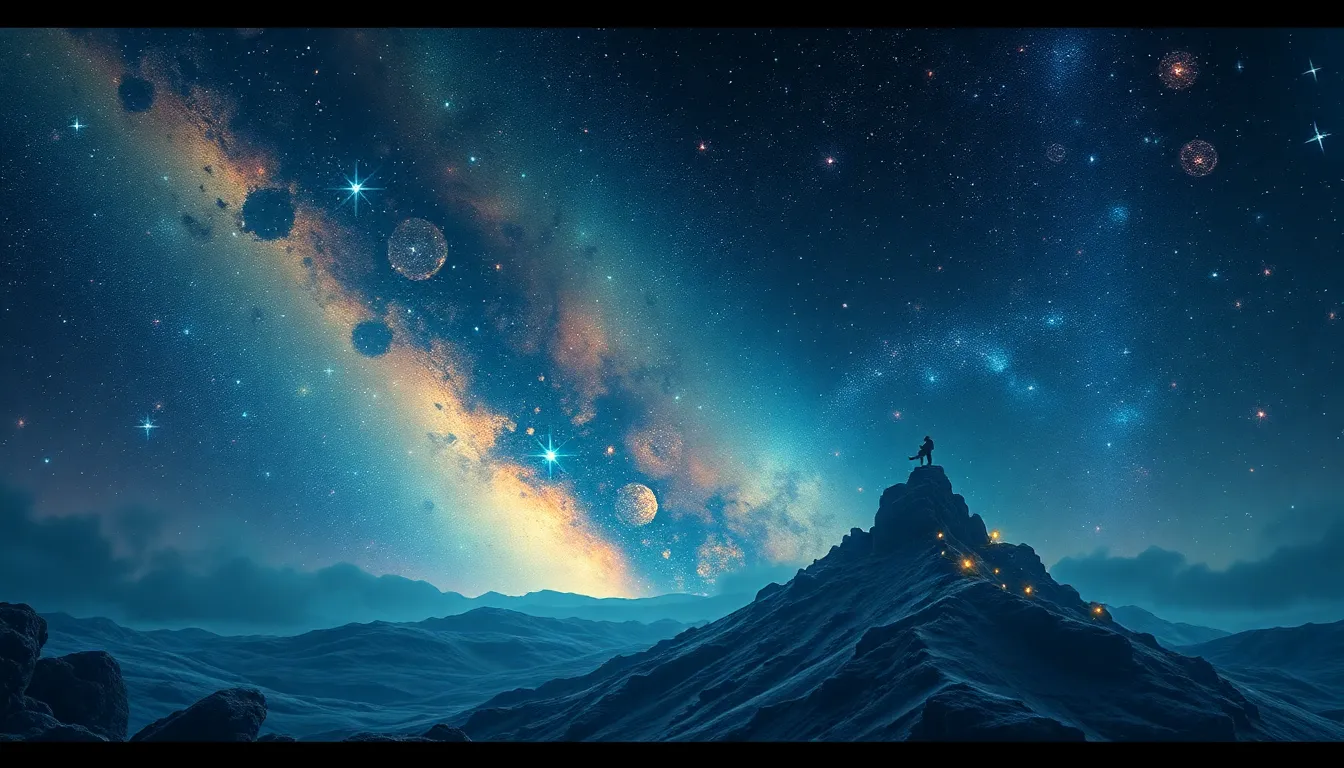The Strigoi and the Concept of the Unholy: Investigating the Moral Implications
I. Introduction
The Strigoi is a creature deeply rooted in Romanian folklore, often depicted as a troubled spirit or the undead, embodying the fears and moral dilemmas of society. It represents an intersection of the supernatural and the human condition, invoking discussions about morality and the essence of the unholy.
The concept of the unholy encompasses a range of interpretations, often contrasting with the sacred and highlighting the moral decay present in society. This investigation aims to explore the historical, cultural, and ethical implications of the Strigoi legend, revealing its significance in understanding our perceptions of good and evil.
II. Historical Context of the Strigoi
A. Origins in Romanian folklore
The Strigoi has its origins in Romanian folklore, where it is described as a spirit of the dead that can rise from the grave. Its roots can be traced back to ancient beliefs about the afterlife and the fear of death. These mythical beings were often seen as the souls of the deceased who returned to haunt the living.
B. Evolution of the Strigoi mythos
Over time, the Strigoi mythos evolved, incorporating various elements from surrounding cultures and adapting to the changing beliefs of society. Initially feared as malevolent spirits, they became more complex figures, sometimes depicted as tragic beings caught between worlds.
C. Cultural significance and variations across regions
The cultural significance of the Strigoi varies across regions, with each locality adding its own interpretations and characteristics. In some areas, the Strigoi is viewed as a protector, while in others, it is feared as a harbinger of disaster. This regional variation illustrates how folklore adapts to the moral and ethical landscapes of different communities.
III. Characteristics and Symbolism of the Strigoi
A. Physical and supernatural traits
The Strigoi is often described with distinct physical traits, such as pale skin, sharp fangs, and a ghostly appearance. These characteristics symbolize the clash between life and death, while their supernatural abilities, such as shape-shifting and invisibility, reinforce their connection to the otherworldly.
B. Symbolic representation of moral decay
In many narratives, the Strigoi symbolizes moral decay and the consequences of a life lived in sin. Their existence serves as a reminder of the perils of straying from societal norms and ethical guidelines. The transformation from human to Strigoi illustrates the moral decline that can occur when one engages in taboo behavior.
C. Strigoi as a reflection of societal fears
The Strigoi embodies societal fears, particularly those related to death, disease, and the unknown. They are often linked to fears of the ‘other’—those who do not conform to societal expectations. This reflection serves as a means for communities to confront their anxieties and reinforce moral boundaries.
IV. The Unholy: Defining the Concept
A. Exploration of what constitutes the unholy
The unholy can be defined as anything that deviates from accepted moral and ethical standards. It encompasses actions, beings, or thoughts that challenge the established order of good versus evil. The Strigoi, in this context, exemplifies the unholy through its association with death and the violation of natural laws.
B. Historical and religious interpretations
Historically, the unholy has been interpreted through various religious lenses, often portraying it as a force of evil or corruption. Different cultures have created their own frameworks for understanding the unholy, which reflect their values and beliefs regarding morality.
C. The unholy in contrast to the sacred
The unholy stands in stark contrast to the sacred, which represents purity, divinity, and moral righteousness. This dichotomy is essential in understanding human morality, as it challenges individuals to navigate the complexities of right and wrong in their lives.
V. Moral Implications of the Strigoi Legend
A. Ethical dilemmas presented by the Strigoi
The legend of the Strigoi presents several ethical dilemmas, particularly regarding the treatment of those deemed ‘other.’ The fear of the Strigoi can lead to ostracism and violence against individuals who do not conform to societal norms, raising questions about justice and compassion.
B. The role of fear and taboo in moral reasoning
Fear plays a significant role in moral reasoning, often leading individuals to make decisions based on emotion rather than rational thought. The Strigoi serves as a cautionary tale, warning against the dangers of succumbing to fear and allowing it to dictate one’s moral compass.
C. Consequences of demonizing the ‘other’
Demonizing the ‘other’ can have severe consequences for society, including the perpetuation of violence, discrimination, and a breakdown of community. The Strigoi legends highlight how societal fears can distort perceptions of morality and lead to harmful actions against those who are different.
VI. Strigoi in Modern Culture
A. Representation in literature and media
In modern culture, the Strigoi has been reinterpreted in literature and media, often blending with other vampire myths. These representations reflect ongoing societal fears and moral questions, showcasing the Strigoi’s evolution from folklore to contemporary narrative.
B. The resurgence of vampire mythos in contemporary society
The resurgence of vampire mythology in popular culture indicates a sustained fascination with the themes of immortality, morality, and the unholy. This fascination often invites audiences to engage with complex moral dilemmas presented by these characters, questioning the nature of good and evil.
C. The impact on modern moral discourse
The portrayal of Strigoi and similar beings in modern narratives has a significant impact on moral discourse, encouraging discussions about ethics, identity, and societal norms. As these stories continue to evolve, they challenge audiences to confront their beliefs about morality and the unholy.
VII. Comparative Analysis: Strigoi and Other Mythical Beings
A. Similarities with other undead figures in folklore
The Strigoi shares similarities with other undead figures in folklore, such as the vampire in Western culture or the revenants in other traditions. These comparisons reveal common threads in the human experience regarding fear of death and the unknown.
B. Cross-cultural perspectives on the unholy
Examining the Strigoi alongside other mythical beings allows for a cross-cultural understanding of the unholy. Each culture’s interpretation of the undead reflects its unique moral framework, enriching the discourse on morality and ethics.
C. Lessons learned from these comparisons
Through comparative analysis, we can learn valuable lessons about human morality, societal fears, and the consequences of labeling individuals as unholy. These insights encourage a more nuanced understanding of our beliefs and the impact of folklore on moral reasoning.
VIII. Conclusion
A. Summary of key findings
This investigation into the Strigoi and the concept of the unholy reveals the complex interplay between folklore, morality, and societal fears. The Strigoi serves as a powerful symbol of moral decay and the consequences of demonizing the ‘other.’
B. Reflection on the relevance of the Strigoi today
The Strigoi remains relevant today as it challenges us to confront our fears and ethical dilemmas. As society grapples with issues of identity, morality, and acceptance, the lessons from the Strigoi legend continue to resonate.
C. Final thoughts on the moral implications of the unholy in society
Ultimately, the moral implications of the unholy compel us to reflect on our values, question societal norms, and strive for a more compassionate understanding of those who are different. The Strigoi, as a cultural artifact, provides a lens through which we can explore these essential questions of morality and humanity.



